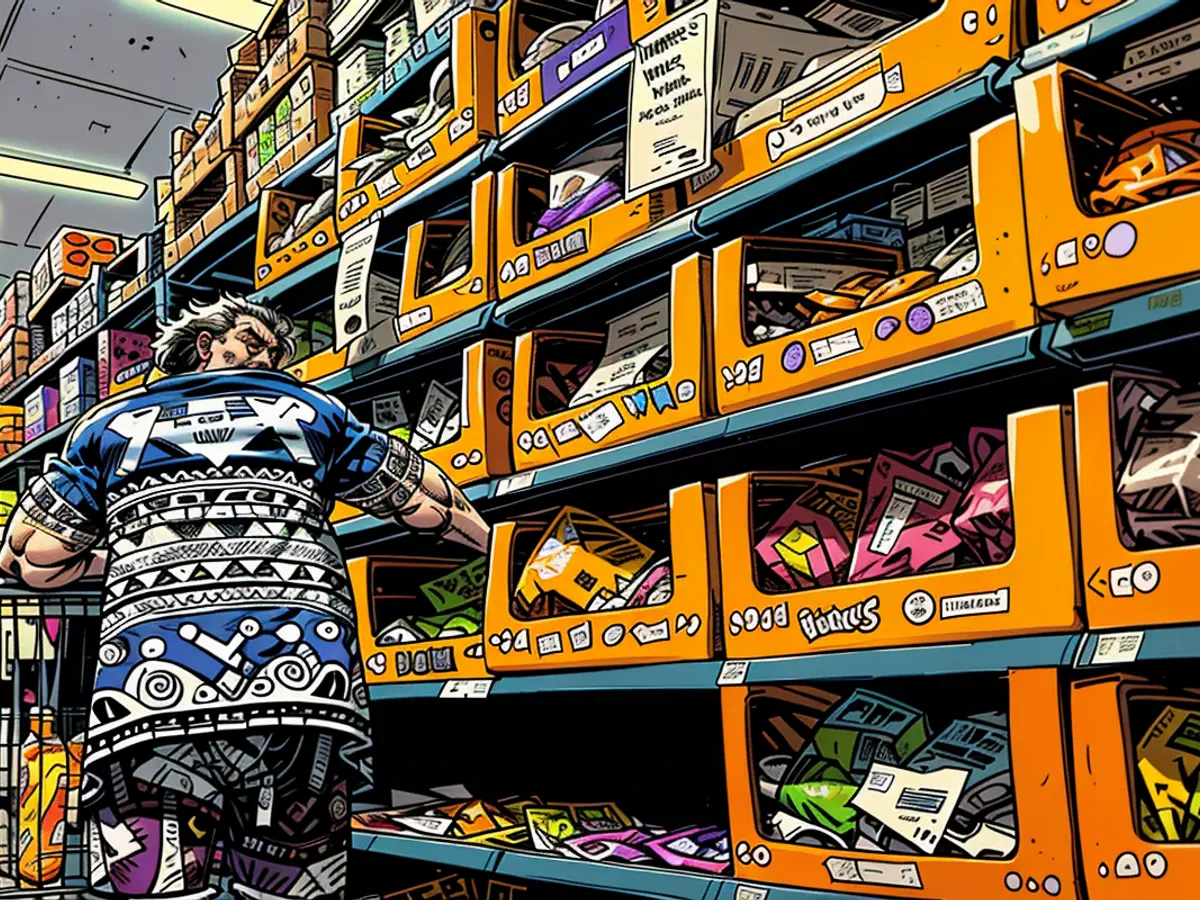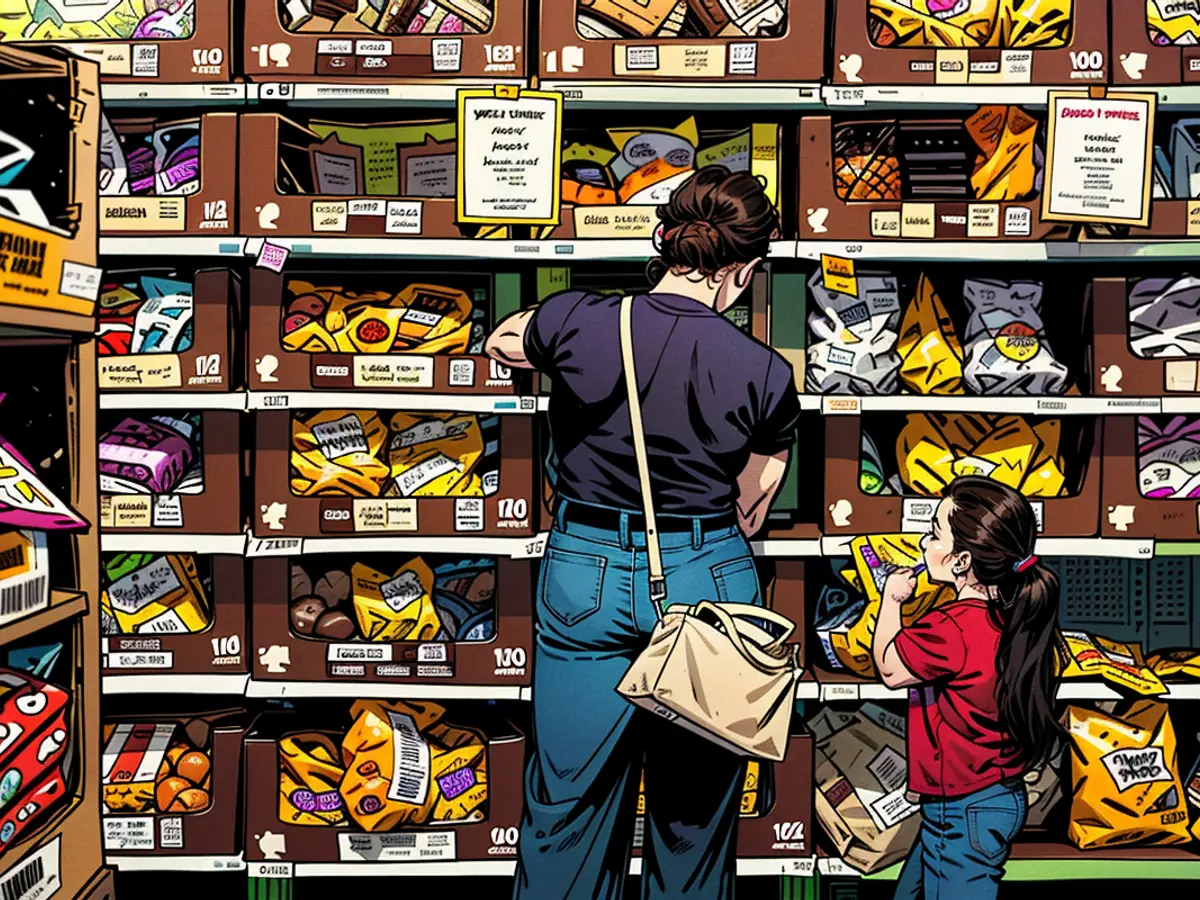Halloween might experience a flavor shift in 2022 due to skyrocketing cocoa costs.
Due to a significant increase in cocoa prices, which have doubled since the beginning of the year and remain at record highs, as per Wells Fargo's data, confectioners have faced challenges during key chocolate sales seasons like Valentine's Day and Easter. With Halloween approaching as the next significant candy-focused event, companies are innovating strategies to cope with the cocoa scarcity. This may result in smaller chocolate bars, diverse flavors, and a higher presence of non-chocolate treats in supermarket shelves.
The Persisting Cocoa Dilemma
Cocoa is not your typical agricultural crop, as explained by David Branch, sector manager at Wells Fargo's Agri-Food Institute. It requires specific locations and climate conditions to thrive, unlike other commodities.
For the past three years, West Africa's cocoa-producing regions—responsible for over 70% of global cocoa supply—have endured a series of unfavorable weather conditions. El Niño brought high temperatures and drought, the torrential rains spread black pod, a fungal disease that affects cocoa trees and decreases yields, and dusty winds obstructed sunlight, affecting the crop's development.
As a result, the International Cocoa Organization predicted a 14.2% decrease in global cocoa production for this season. Companies like Hershey have been affected, with an operating profit decrease of 48.7% in August 2022. Hershey's president, Michele Buck, referred to the escalating cocoa prices as "unsustainable."

Despite the grim forecast, analysts believe the current cocoa deficit will shift to a surplus due to improved weather conditions. David Branch stated, "So far, we've had quite decent weather for this year's crop, which will help boost supply, and that's why we expect the prices to decrease."
Impact on Halloween
Though the outlook for cocoa seems to be improving, experts anticipate that cocoa prices will remain high until at least September 2025. In the interim, companies are exploring various strategies.
One approach is reducing the product size—apparent in candy variety packs—as Branch mentioned, "There might be some shrinkflation in these bags. The two-pound bag containing a mixture of diverse candies from a single company might be decreased to less than two pounds at the same price point."

Another adjustment companies may consider is altering the product's flavor profile altogether, swapping out chocolate for other options like wafers or nuts. "There have been (products) filled with an additional substance, other than being enclosed in chocolate, to lessen the need for as much chocolate to manufacture the product," Sally Lyons Wyatt, chief advisor for consumer packaged goods at Circana, explained.
Candy giant Mars, responsible for popular brands like Skittles and M&Ms, informed CNN that its customers still prefer chocolate but has expanded its fruity and gummy candy offerings for Halloween due to growing popularity among younger consumers. Mars has recently introduced Halloween-themed Skittles and offers variety bags with a mix of chocolate and non-chocolate treats.
Additionally, there has been a noted increase in sales and production of non-cocoa candies. According to the National Confectioners' Association (NCA) 2024 State of Treating Report, non-chocolate candy dollar sales growth (12.1%) surpassed chocolate sales growth (5.8%) last year.
However, chocolate aficionados need not be alarmed—the beloved candy isn't vanishing anytime soon. The category accounted for more than half of total confectionary sales last year, totaling $25.9 billion, according to the NCA.

Lyons Wyatt concluded, "Consumers are purchasing fewer quantities than before, but chocolate remains a top-selling category. Halloween will continue to see chocolate appearing at consumers' doors."
In response to the persisting high cocoa prices, businesses are considering strategies to reduce the size of their candy offerings, such as shrinking two-pound bags of mixed candies to less than two pounds at the same price point (shrinkflation). Moreover, companies are exploring alternative flavor profiles for their products, like incorporating wafers or nuts instead of relying heavily on chocolate.








